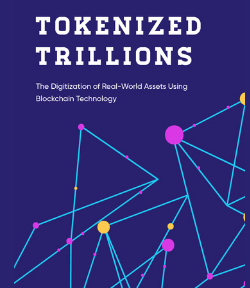
Blockchain Explained for Beginners — How Crypto Really Works
How Does Blockchain Actually Work?
What Is a Blockchain?
At its core, a blockchain is just a digital ledger — but unlike your typical database, it’s decentralized, transparent, and immutable.
It’s made up of blocks (batches of data) linked together in a chronological chain. Each block stores:
- A list of transactions
- A reference to the previous block (its “hash”)
- A unique cryptographic signature (like a digital fingerprint)

Once added, a block can’t be changed without altering all blocks that follow — making tampering practically impossible.
How Do Blocks Get Added? (Consensus Mechanisms)
To add a new block, blockchain networks use a process called consensus — where all participants (called nodes) agree on the current state of the chain. There are two major mechanisms:
1. Proof of Work (PoW)
Used by: Bitcoin
Miners compete to solve complex mathematical puzzles. The first to solve it adds the new block and gets rewarded with newly minted crypto (like BTC). This makes the network secure, but it’s energy-intensive.
2. Proof of Stake (PoS)
Used by: Ethereum, Polygon, Cardano
Validators “stake” their coins (lock them up as collateral). One is randomly chosen to validate the next block. It’s faster, cheaper, and more eco-friendly than PoW.
Who Maintains the Blockchain? (Nodes)
Nodes are individual computers that:
-
Store a copy of the entire blockchain
-
Relay transactions across the network
-
Enforce consensus rules
Think of nodes as global referees, ensuring no one cheats — even without a central authority.
Ethereum & Smart Contracts
Ethereum took blockchain further by introducing smart contracts — self-executing programs stored directly on-chain. They power:
-
NFTs
-
Decentralized finance (DeFi)
-
DAOs
-
Games and DApps
Example: A smart contract on Ethereum might auto-release a payment once certain conditions are met — no bank or lawyer needed.
Self-Custody & Wallets
To interact with blockchains, you need a wallet:
-
Hot wallets (e.g. MetaMask, Trust Wallet) = connected to the internet
-
Cold wallets (e.g. Ledger, Trezor) = hardware devices stored offline
Unlike banks, you own your keys and funds. This is called self-custody — no one can freeze your account or reverse transactions.
TL;DR

Blockchain is a trustless, decentralized ledger secured by consensus and maintained by nodes. It allows peer-to-peer value transfer and programmable logic (smart contracts) — all without intermediaries.
Whether you’re trading Bitcoin, minting NFTs, or joining a DAO — it all starts here.






